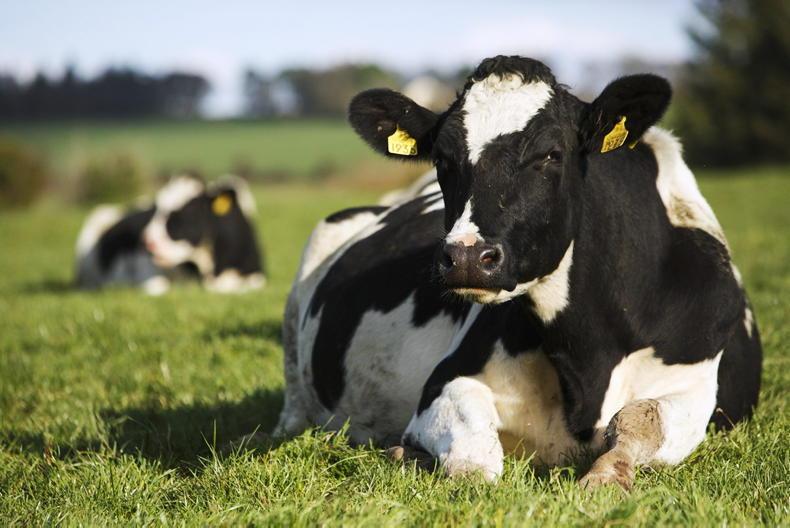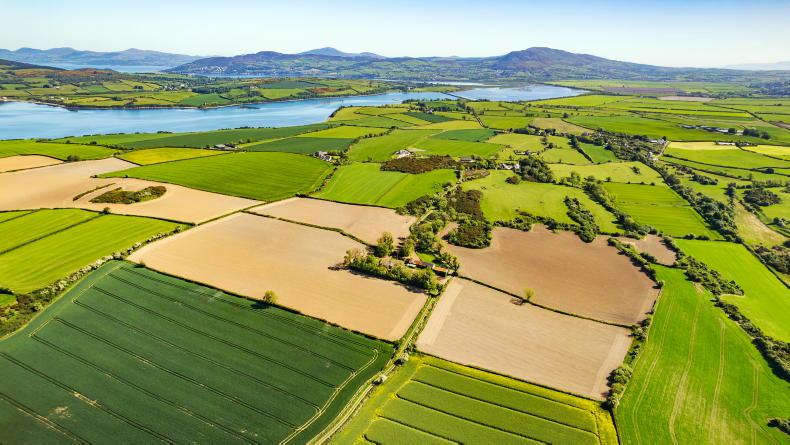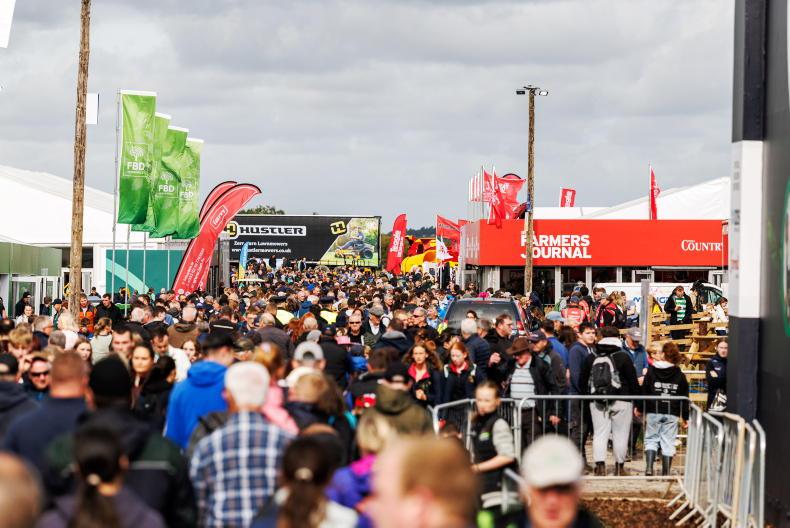Dairy farmers operating as sole traders could see their tax liability rise over 70% in 2023, as a result of their 2022 tax returns. This could significantly affect cashflow on these farms as the price of milk has fallen below the cost of production on most dairy farms already.
While it’s only the first week in June, it won’t be that long before the mid-November tax deadline approaches. Farmers must now reflect on their 2022 tax implications for the year ending December 2022 and decide if any actions are necessary. The projected cashflow consequences for this year must be assessed sooner rather than later.
For the most part, farmers should anticipate an increase in taxes payable this year due to higher profits recorded in 2022 across the agriculture sector, especially within dairy farming. While the below example is a dairy farm, other farms may also have this tax liability change.
Table 1 in case study A shows an example of an 80-cow spring-calving dairy farm, with sole trader accounts. The farm had a significant profit increase in 2022 compared to 2021 (increase of 26%), resulting in a rise in the net tax liability of 69% to €32,611, largely due to decreased capital allowances and increased taxes at the high rate of 40%. Furthermore, a cash cost projection for the year 2023 (Table 2) shows an 82% increase in payments to Revenue and pensions, amounting to €83,987. This situation is not unusual for many farms across Ireland.
Interestingly, pension contributions account for almost half of the cash cost, though they save taxes at the 40% income tax rate. It is noted that a potential refund could be issued in 2024 if the actual taxes for 2023 are less than the preliminary taxes paid that year.
However, if the farmer didn’t contribute to their pension (see Table 3), the yearly cash outlay would be reduced, but their income tax liability and preliminary taxes for 2021 and 2022 would increase.
Table 4 shows the cashflow implications in 2023 of making no pension contributions. In reality, the farmer in this case study did make a pension contribution in 2022 and plans to do so in 2023 as well. It should be emphasised that pensions should be seen not only as tax-saving measures but also as future security investments.
What needs to happen now?
Two key decisions remain on the above case study: pension contributions and preliminary tax payments for 2023. Farmers should ensure that all tax credits are claimed, the correct deductions are taken, and capital allowances and stock relief are fully utilised. Other aspects, such as income averaging, changing the business structure into a limited company, and the specifics of preliminary tax payments, should be considered as well.
Finally, farmers need to draft their 2022 accounts as early as possible this summer to calculate potential tax liabilities. This is more serious this year in light of potential issues with 2023 cashflow. Pension contributions might be considered and some might consider how the business is structured.
The importance of preliminary tax payments is key, with farmers advised to have profit estimations for the year 2023 ready by September or October.
These estimations could allow farmers to reduce their preliminary tax bill from 100% of the previous year’s actuals to 90% of the 2023 estimates. Options for paying preliminary tax should be considered in order to reduce the cash cost to the business in 2023.
Philip O’Connor is head of farm support at ifac and Marty Murphy is head of tax at ifac.









SHARING OPTIONS